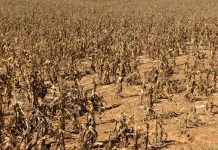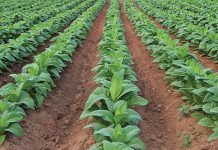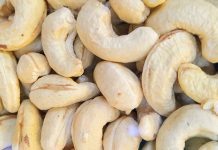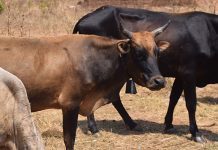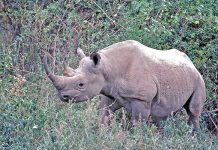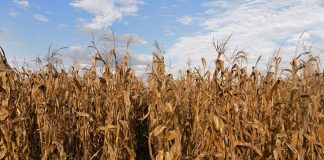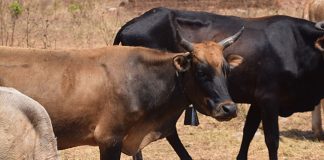The Southern African Development Community’s (SADC) Famine Early Warning Systems Network (FEWS NET), said that while the drought-causing El Niño climate phenomenon was likely to be replaced by the wetter La Niña climate phenomenon from spring this year, the effects of the drought would likely remain for some time.
Commenting on the 2016 winter season, the Department of Agriculture, Forestry and Fisheries’ (DAFF) National Agro-meteorological Committee (NAC) said that FEWS NET had estimated that a higher than average number of people were currently facing acute food insecurity in Southern Africa.
“[Furthermore], about 17 million people will be in crisis between January and March 2017, requiring immediate assistance,” DAFF said.
The NAC explained that many Southern African households, particularly in rural areas, had been unable to produce sufficient food to sell or consume during the drought. Not only did the region currently face a six million to eight million ton deficit of cereals, but many Southern Africans did not have the money to buy available high-priced staple foods.
“A normal start to [Southern Africa’s 2016/17 summer] agricultural activities, including land preparation and planting, should improve labour opportunities and income levels for households. However, high maize prices projected during this period will continue to impede food access,” the NAC said.
The NAC added that many livestock in the region were in reasonable to poor conditions due to poor grazing conditions, and urged farmers to take precautionary measures to prevent wildfires that could destroy remaining pastures.
The NAC also urged farmers to purchase supplementary feed, such as hay and licks, to pull their animals through the difficult conditions. Livestock farmers that could not afford these purchases were encouraged to reduce their livestock numbers to coincide with remaining grazing.


